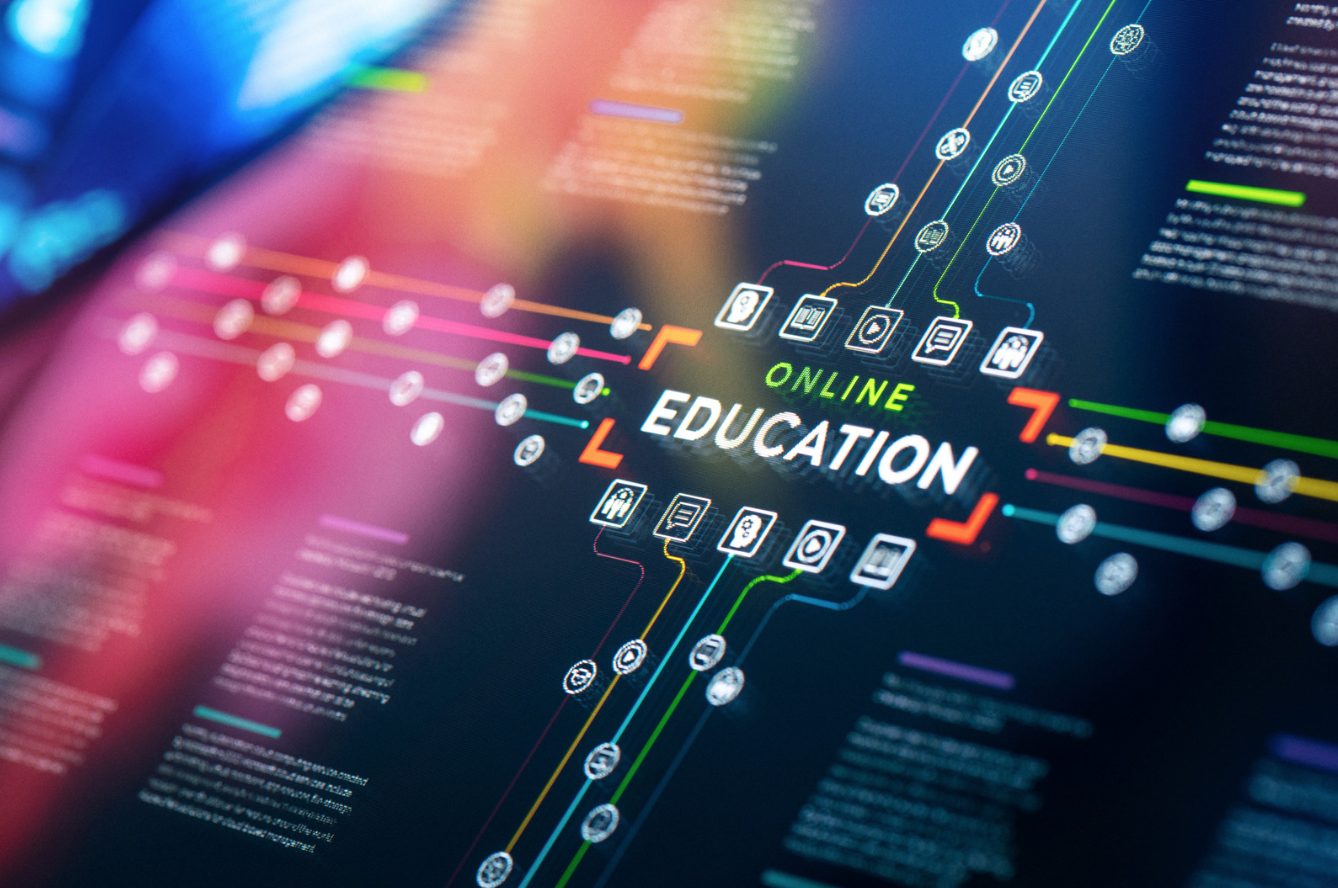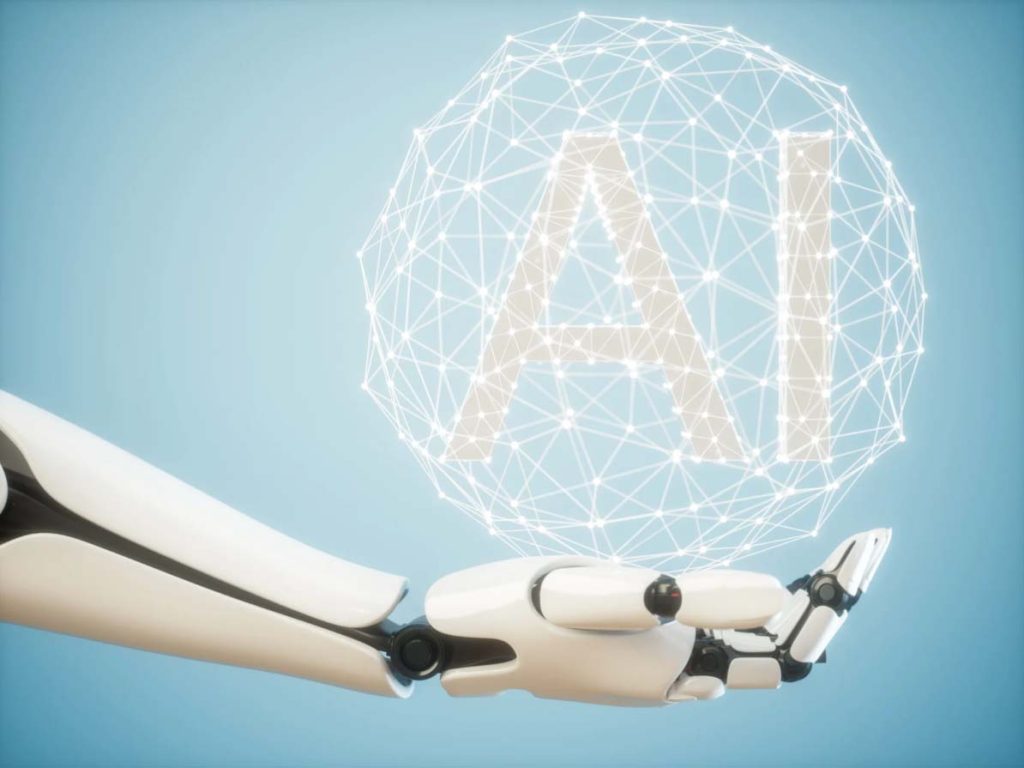As AI technology advances at a blistering pace, global education systems face mounting pressures and opportunities to integrate these powerful tools. In its new report, Shaping the Future of Learning: The Role of AI in Education 4.0, the World Economic Forum (WEF) provides a roadmap for harnessing AI in schools to address profound challenges and create a more adaptive, inclusive, and future-ready education system. From easing administrative burdens on teachers to refining student assessments, the report calls for a balanced approach to implementing AI that enhances learning without sacrificing the essential role of human educators.
Education Systems at a Crossroads
The global education sector faces significant hurdles: a shortage of qualified teachers, a lack of digital skills among students, and outdated administrative practices that consume much of teachers’ time. The United Nations has forecast a need for 44 million more teachers by 2030 to meet Sustainable Development Goal 4, which aims to ensure equitable access to quality education worldwide. The demand is especially acute in developing regions like Sub-Saharan Africa, which will require 15 million more teachers to provide universal childhood education.
The report underscores how administrative work, including tasks such as grading, attendance tracking, and data entry, takes up nearly half of teachers’ work hours in OECD countries, eroding time that could otherwise be spent engaging with students. Compounding this issue is a growing skills gap in fields critical to modern economies, particularly AI and digital literacy. In an increasingly technology-driven job market, students who lack digital skills risk being left behind.
AI as a Catalyst for Educational Transformation
The World Economic Forum’s Education 4.0 framework advocates for AI’s role in modernizing global education systems. This vision extends beyond basic ed-tech by placing AI at the core of personalized learning, efficient assessment methods, and augmented support for teachers. However, the report is explicit in its stance that AI should support, not replace, the critical role of teachers in students’ lives.
Key Areas Where AI Can Transform Education
- Teacher Support Through AI Automation: AI-driven tools can reduce administrative workloads, giving teachers more time to engage directly with students. Tasks such as grading and data analysis are particularly suited to automation, allowing teachers to shift their focus to areas where human interaction and emotional intelligence are most needed.
- Enhanced Assessment and Analytics: Traditional assessments, like standardized testing, often lack the flexibility to provide real-time insights. AI-powered analytics, however, can offer immediate feedback on student performance, highlighting strengths and weaknesses and enabling educators to adapt their approach to meet evolving needs. This shift to dynamic, data-driven insights has the potential to fundamentally change how students are evaluated and supported.
- Digital and AI Literacy: Incorporating AI into the curriculum is not only about using AI tools in classrooms but also about teaching students to understand and critically evaluate AI’s role in society. The report suggests that students must develop the skills to identify misinformation and understand basic AI principles, including ethical considerations, to navigate an increasingly AI-dependent world.
- Personalized Learning: Perhaps AI’s most profound impact will be in tailoring educational experiences to individual students’ needs. AI’s ability to create adaptable learning plans, adjust pacing, and present material in varied formats makes it possible to address each student’s unique strengths and learning preferences. Such customization could reduce achievement gaps by offering students the support they need to succeed.
Real-World Applications of AI in Education
The report details case studies of innovative AI applications in education around the world:
- UNICEF’s Accessible Digital Textbooks (ADT): UNICEF has developed digital textbooks that integrate AI to make learning materials more accessible to children with disabilities. These textbooks can be customized with features like narration, sign language videos, and offline accessibility, allowing broader access for students in low-connectivity areas.
- Kabakoo Academies in West Africa: A start-up in West Africa, Kabakoo uses an AI-enabled virtual mentor to support self-employment skills in regions with limited formal job opportunities. This AI mentor offers personalized feedback in multiple languages, including local dialects, helping bridge the language gap for students.
- Brazil’s Letrus Program: In Brazil, the Letrus program uses natural language processing to support literacy development by providing real-time feedback on student writing. This program aims to close literacy gaps between high- and low-income students and has already shown promising improvements in national literacy assessments.
- Grok Academy’s Cyber Security Challenges in Australia and New Zealand: As cybersecurity becomes crucial in a digital society, Grok Academy’s initiative provides resources for teaching students about cyber risks and digital ethics. The program has engaged millions of students and helped reduce gender disparities in cybersecurity training by encouraging female participation.
Recommendations for Responsible AI Implementation
While optimistic about AI’s potential, the report emphasizes that implementation must be handled carefully to mitigate risks and ensure that AI benefits are broadly accessible. The WEF outlines several guiding principles for AI integration in education:
- Collaboration with Educators: AI systems should be designed in partnership with teachers and school administrators to ensure alignment with student needs and educational goals. The human touch in education must be preserved, with AI acting as a complementary tool rather than a replacement for human educators.
- Data Privacy and Security: To protect student privacy, robust data security measures are essential. The report advises schools to adopt ethical data practices, limit data collection, and secure consent, thereby safeguarding students’ sensitive information.
- Investment in Training and Equity: Teachers, students, and administrators will need targeted training to use AI tools effectively. Without proper resources, the educational divide may widen as some students gain access to advanced tools while others are left behind.
- Equitable Access: Ensuring that AI in education does not amplify existing inequalities requires thoughtful program design and funding models that prioritize underserved communities and regions lacking digital infrastructure.
Preparing for an AI-Integrated Future
As educational systems move toward AI integration, the Shaping the Future of Learning report serves as a timely reminder of the importance of collaboration and ethical responsibility. The World Economic Forum’s Education 4.0 initiative emphasizes that AI can be a transformative tool for education if it is deployed with care, transparency, and an unwavering commitment to inclusion.
In advocating for a balanced approach, the report points to a future where AI enhances education, not by replacing human teachers but by reinforcing their role in guiding, inspiring, and equipping students with skills for a rapidly changing world.









